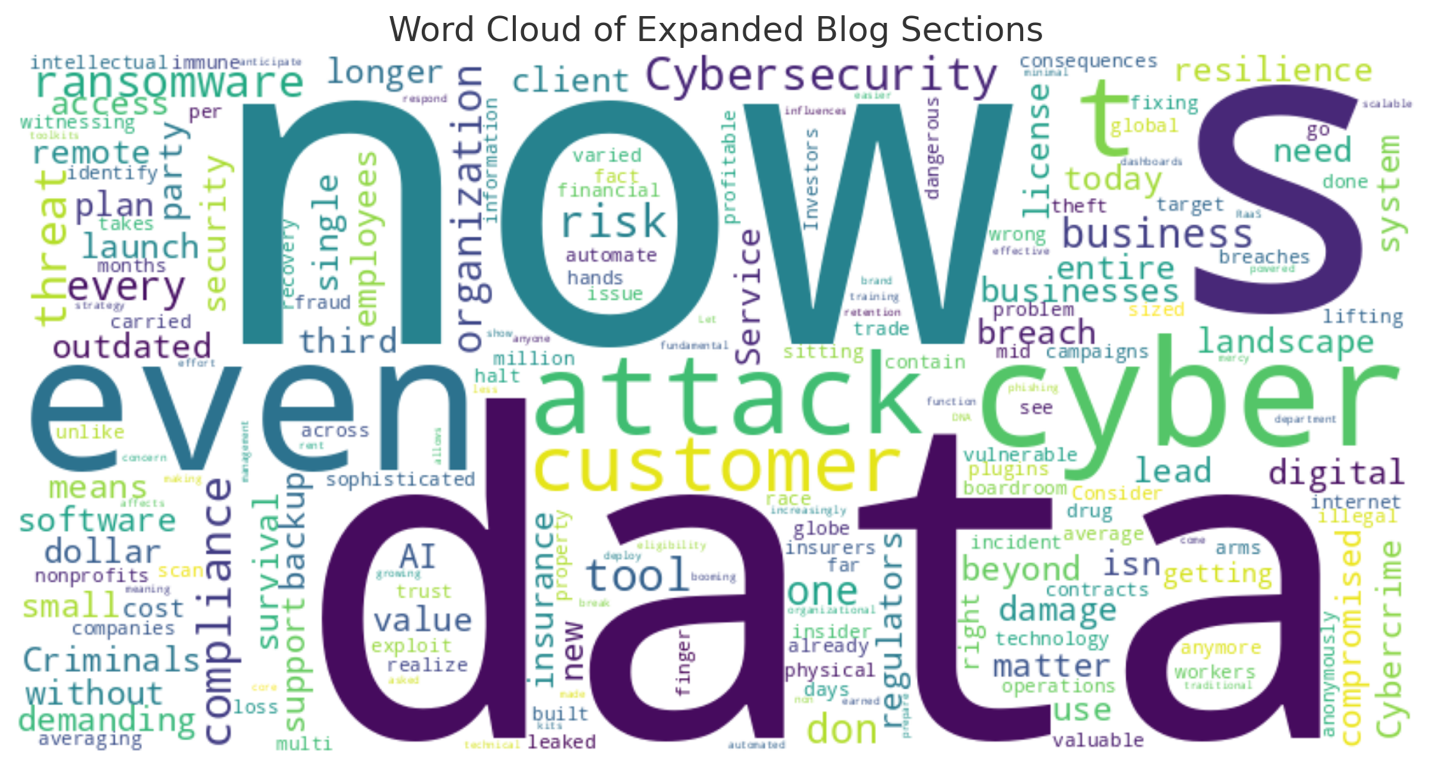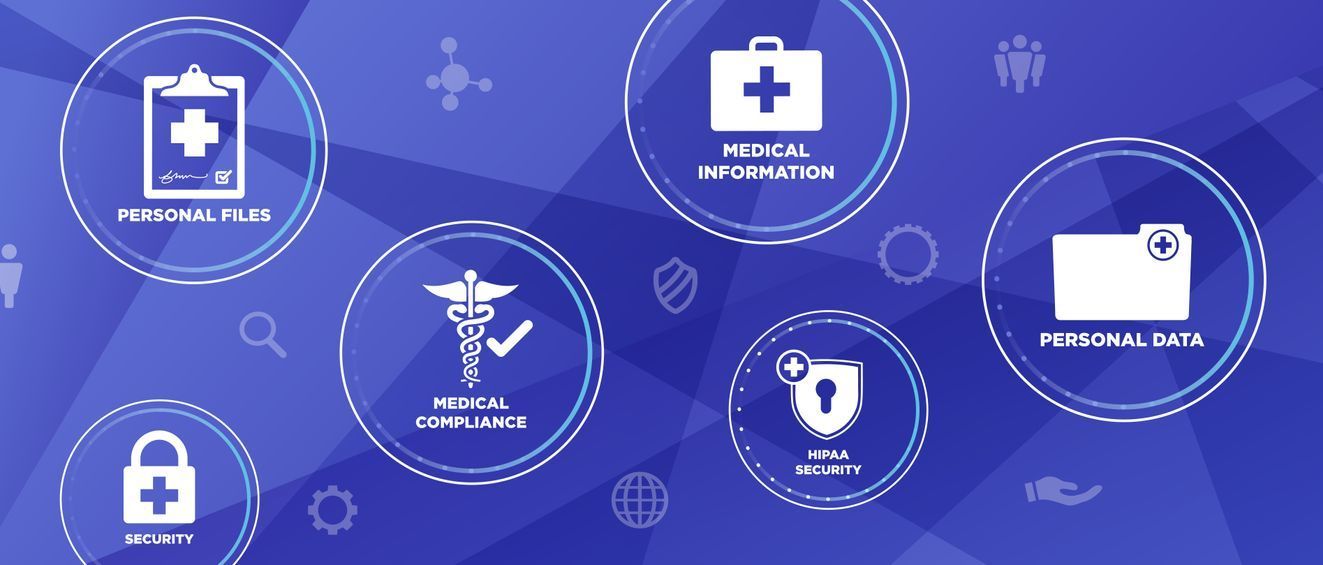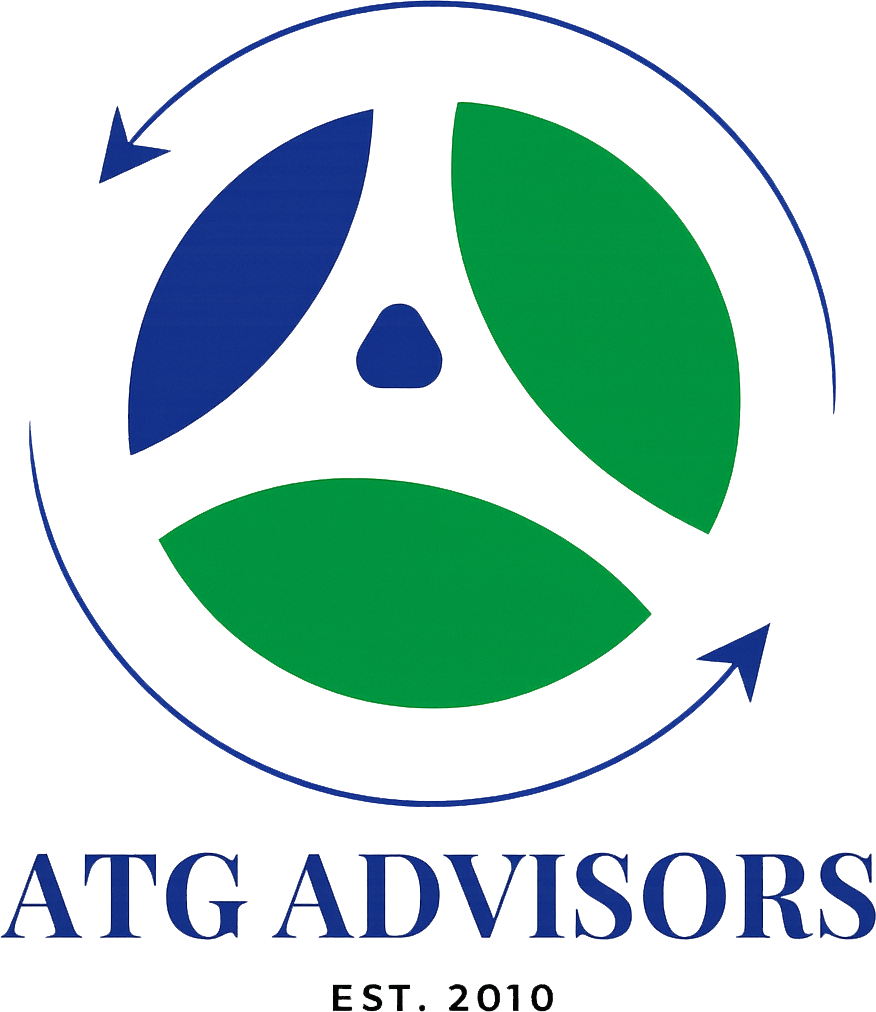R&D Tax Credits: Are You Leaving Free Money on the Table?

Every year, billions of dollars in Research & Development (R&D) tax credits go unclaimed—not because businesses don’t qualify, but because they don’t realize they do.
Many small and mid-sized business owners assume R&D credits are reserved for Silicon Valley tech giants, pharmaceutical firms, or companies with formal research labs. In reality, the R&D Tax Credit is one of the most accessible, powerful, and underutilized tools in the U.S. tax code—and it’s available to businesses in manufacturing, software development, architecture, food science, engineering, construction, and more.
If your company builds, improves, tests, or designs any product, process, or software—whether on-site or remotely—you may already qualify. And the savings can be substantial: $10,000 to over $250,000 per year, depending on wages, materials, and innovation costs.
As of 2025, even pre-revenue startups can claim the credit against payroll taxes—giving early-stage businesses a valuable source of non-dilutive cash flow when they need it most.
In this blog, we’ll unpack exactly what the R&D Tax Credit is, what counts as qualified research, how much you can save, and how ATG Advisors helps companies of all sizes take advantage of this strategic opportunity
What Is the R&D Tax Credit?
The Research & Development Tax Credit (officially called the Credit for Increasing Research Activities) was made permanent by Congress in 2015 and encourages U.S.-based innovation by reducing the federal income tax burden for qualifying activities.
It allows businesses to:
- Reduce their income tax or payroll tax liabilities
- Retroactively amend prior-year returns to claim missed credits
- Boost cash flow without changing business operations
In 2025, businesses can use the credit to offset:
- Income taxes, if profitable
- Payroll taxes, if operating at a loss or in startup phase (up to $500,000)
What Qualifies as R&D?
The IRS uses a four-part test to determine whether your activities qualify:
| Test | What It Means |
|---|---|
| Permitted Purpose | Developing or improving a product, process, technique, invention, or software |
| Technological in Nature | Based on engineering, computer science, biology, chemistry, or physical sciences |
| Elimination of Uncertainty | Efforts made to overcome technical obstacles or unknowns |
| Process of Experimentation | Systematic trial-and-error, modeling, prototyping, or simulation |
Common Qualifying Activities:
- Designing or improving software or digital tools
- Building prototypes or testing new materials
- Enhancing product performance or reliability
- Developing custom manufacturing processes
- Conducting environmental or energy efficiency studies
- Creating new formulations in food, beverage, or cosmetics
💡 You don’t need to succeed—just make the attempt in good faith.
Who Qualifies?
Many industries qualify for the R&D tax credit without realizing it.
One of the biggest myths surrounding the R&D Tax Credit is that it’s only for companies with white-lab-coat scientists or multimillion-dollar R&D departments. In reality, if your business solves problems, customizes solutions, or improves processes, there's a good chance you're already doing qualified R&D—without calling it that.
The IRS does not require that you hold patents, be publicly funded, or even succeed in your research. What matters is that you're attempting to solve technical challenges through a structured process, and that the work is based in the U.S.
You May Qualify If You:
- Hire engineers, software developers, designers, or technical consultants
- Create custom products, systems, or formulas for clients
- Build prototypes or run feasibility tests
- Invest in new features, integrations, or automation tools
- Improve efficiency, durability, safety, or usability of a product or system
- Adapt existing systems to meet new regulatory or performance standards
Eligible Industries Include:
- Manufacturing & Fabrication: improving equipment, tooling, or production workflows
- Software & SaaS: developing applications, platforms, or integrations
- Architecture & Engineering: designing building systems or solving structural challenges
- Food & Beverage: experimenting with new formulations, shelf life, or packaging
- Medical Devices & Biotech: testing product functionality, compliance, or usability
- Construction & Energy: optimizing energy efficiency or site-specific builds
- Aerospace & Automotive: enhancing aerodynamics, safety, or component performance
Size Doesn’t Matter:
- Startups with little or no income can apply the credit to payroll taxes
- Mid-size businesses can reduce federal income tax or AMT
- Established firms can amend up to three years of prior returns for retroactive refunds
📌 ATG Insight: If your team is solving technical problems—even under tight budgets—you may be eligible. The key is how you document the work and tie it to IRS guidelines.
Business Size Doesn’t Matter:
- Startups with <5 years in operation can apply credit to payroll taxes
- Mid-size firms can use it to offset income taxes
- Even pre-revenue companies may be eligible
📌 ATG Tip: If you pay U.S. wages to technical staff (engineers, developers, designers), you likely qualify
How Much Can You Save?
The average federal R&D credit is 6–10% of qualified expenses, depending on the method used (regular vs. alternative simplified credit).
Qualified Expenses Include:
- Wages paid to employees involved in R&D
- Contractor or consultant fees (U.S.-based)
- Supplies consumed in prototyping or testing
- Cloud computing costs used for development (e.g., AWS, Azure)
| Example | Approximate Credit |
|---|---|
| $250,000 in wages for dev & engineers | $20,000–$25,000 credit |
| $50,000 in qualified cloud/hosting | $3,000–$5,000 credit |
| $100,000 in prototyping & testing | $6,000–$10,000 credit |
You can also go back and amend the prior three tax years to claim missed credits.
Case Study: Real Savings in a Surprising Industry
Client: A commercial construction firm
Challenge: Rising tax liability, unaware they qualified for R&D credits
ATG Process:
- Interviewed project managers and engineers
- Identified activities such as custom HVAC design, energy modeling, and field testing
- Documented process workflows and uncertainties
- Calculated and substantiated eligible wages and material costs
✅ Result:
- $41,600 in federal credits claimed over 2 years
- $18,000 in state R&D credits (North Carolina)
- Amended returns filed with no audit exposure
- Ongoing eligibility strategy established for future projects
Documentation & IRS Compliance
To protect your credit from audit risk, you must provide contemporaneous documentation supporting R&D activities.
This includes:
- Project outlines and technical goals
- Timesheets or time allocation records
- Emails, notes, or test results showing experimentation
- Payroll records for qualified employees
- Contracts and invoices for subcontractors
📌 ATG Advisors provides full audit-ready R&D study documentation, including nexus to IRS code and eligibility matrix.
Common Myths That Cost Businesses Money
| Myth | Reality |
|---|---|
| “We don’t have a lab or research team.” | You don’t need one—design and testing counts. |
| “We’ve already expensed everything.” | “We’ve already expensed everything.” The credit is separate from your deductions. |
| “We’re too small to qualify.” | Startups and firms with <50 employees often see the highest ROI |
| “It’s too complicated.” | With a qualified advisor, it’s a simple interview and documentation process. |
Timing & Deadlines
- Federal R&D credits must be claimed on or before your tax filing deadline (including extensions)
- The payroll tax offset election must be made with the originally filed return
- Amended returns may go back 3 years to claim prior credits
- Many states offer separate R&D credit programs, some refundable
How ATG Advisors Helps
We offer end-to-end R&D tax credit services that include:
- Free eligibility screening
- IRS-compliant technical interview
- Qualified expense calculation
- Complete documentation and filing support
- Coordination with your tax preparer or CPA
- State and federal credit maximization
📊 Clients typically see $10,000–$75,000 in savings—many for the first time.
Ready to Claim What You Deserve?
If your business creates, improves, tests, or builds—you may already qualify.
📞 Contact ATG Advisors for a free R&D credit evaluation
📧 info@atgadvisors.com | 📍 704-957-5194
Related Articles
- “Top 7 Tax Strategies for Business Owners in 2025”
- “The Payroll Tax Savings Guide for SMBs and Nonprofits”
- “Understanding Section 179 vs. Bonus Depreciation in 2025”



